Slimmer but complete
Insights into the original and reduced versions of Camille Saint-Saëns’ Messe de Requiem
Camille Saint-Saëns’ lavishly orchestrated setting of the Requiem calls for no fewer than four harps. This expressive work moves and fascinates listeners in equal measure, including our Chief Editor Uwe Wolf. It has long been a heartfelt desire of his to enable as many musicians as possible to perform this work – including groups with more limited resources at their disposal. For the Saint-Saëns anniversary in 2021, Carus is publishing an arrangement for strings, harp, and orchestra by Klaus Rothaupt.
“Aspects of the 19th century” was the theme of the 1976 Kasseler Musiktage. From spring 1976 I sang in the Kasseler Kantorei at St. Martin under Klaus-Martin Ziegler and we immediately began rehearsing for a major choral-orchestral concert for this music festival. The program included three very different highlights: the Te Deum by Antonín Dvořák, the Alto Rhapsody by Johannes Brahms, and, as the main work, the Requiem by Camille Saint-Saëns. I was still only 14 years old, and for me, the concert was a formative experience; I was in particular very taken by the Saint-Saëns Requiem, with its colorful orchestration.
It was thanks to this concert that Saint-Saëns’ Requiem was on my project list when I took over the Editorial Department at Carus in 2011. And to this day, it remains one of my favorite settings of this text. It occupies a special position amongst Saint-Saëns’ output of sacred works. It does not slavishly follow the church music style of the day, dominated as it was by historicism, but makes full use of his art of orchestration. The Requiem also has echoes of the operatic tradition but without ever becoming superficial: everything is at the service of an expressiveness which has a deep and direct effect on both musicians and audiences. With good reason, the French musicologist Jacques Bonnaure writing in 2010 described the Requiem as “perhaps the most imaginative, most sensitive, and most complete work” by Saint-Saëns.
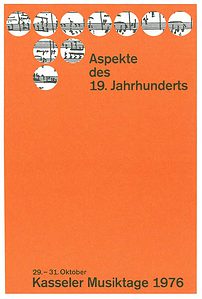 Program of the Kasseler Musiktage 1976
Program of the Kasseler Musiktage 1976
Opulent orchestral scoring with four harps
In the work Saint-Saëns used not only his full compositional resources, but also a full orchestral scoring: the requirement is for quadruple woodwind, four horns, four trombones (unison!), four harps, two organs (only one of which was played by Charles Widor at the premiere in the Église Saint-Sulpice in Paris) and of course a matching complement of strings. This is surely a reason why this work has been so seldom performed to the present day! It was therefore clear that we needed to offer some solutions. The Carus edition of 2017 by Fritz Näf is laid out so that both the original version with 20 wind instruments can be performed, but also a reduction to a “normal-sized” orchestra with “just” eleven wind instruments; Fritz Näf then skilfully redistributed the omitted parts (where they do not merely double other parts) between the other parts, so that the work does not lose any of its color. Anyway the four harps largely play in unison (they only divide into two in two of the movements, and one of these can be dispensed with if necessary), and the two organ parts can easily be played on one instrument. In fact, it seems as if the Carus edition has to some extent awoken the work from its slumbers.
 Église Saint-Sulpice in Paris: Place of the world premiere
Église Saint-Sulpice in Paris: Place of the world premiere
From the outset, the extremely large forces of Saint-Saëns’ Requiem probably hindered its dissemination. A few years after Saint-Saëns’ death, Durand published a reduced version for “Quintette à cordes, Orgue et Harpe” in 1927, or to be precise, in 1927 just a single organ part by an unnamed arranger subtitled “remplaçant les Instruments à vent” was published, that is an organ part which replaces all the wind parts and which can be used with the existing parts for strings and one of the harp parts from the original. There probably never was a score of this version, and the organ part requires a thorough study of the original score, for there were no registration markings in the 1927 organ part at all.
A version with reduced scoring
In view of the approaching 100th anniversary of Saint-Saëns’ death in 2021, Carus is now publishing a new edition of this version, for the first time also with a full score. For this, the organ part has been checked through by Klaus Rothaupt and registration markings added. Although this cannot replace Saint-Saëns’ orchestral color in every respect, unlike a pure organ version (such as that published in the 19th century for Saint-Saëns’ Messe à quatre voix) this version of the Requiem firstly preserves the independence of the different groups of instruments and secondly allows the arranger the freedom to redistribute the wind parts.
And so the Saint-Saëns Requiem has been added to our series “Great choral works in small scoring”, albeit here in a historic arrangement for the first time. The object of this series is to make highlights of choral music available for choirs who cannot perform the original versions – whether it is because the choir is too small to hold its own with a large orchestra, or because they do not have space for a large orchestra, or funds are simply not available to pay a large orchestra.
But should we do this? Can we arrange these magnificent works in this way, can we “distort” them? Well, we are naturally trying to avoid any “distortion”, but of course when works are altered from the form which the composer conceived, something falls by the wayside – that can hardly be avoided. But even in the 19th century, performances of arrangements were common practice, whether it was the widely-available versions for two pianos, or arrangements for wind ensembles and brass bands which contributed to the popularity of many works.
Despite all efforts to preserve the “original sound”, music is above all about people. Music is not just intended to be listened to, music is an experience! So, whereas no CD can replace the experience of a concert, nothing can replace the reality of singing a major choral work yourself. And to enable as many people as possible to do this has long been the goal, indeed the founding principle, of Carus-Verlag – and that includes striving to recreate the original sound as well as helping to give as many people as possible the thrilling experience of singing such works. Not every means is appropriate to achieving this, but a well-chosen compromise, a sensitive arrangement is always justifiable!

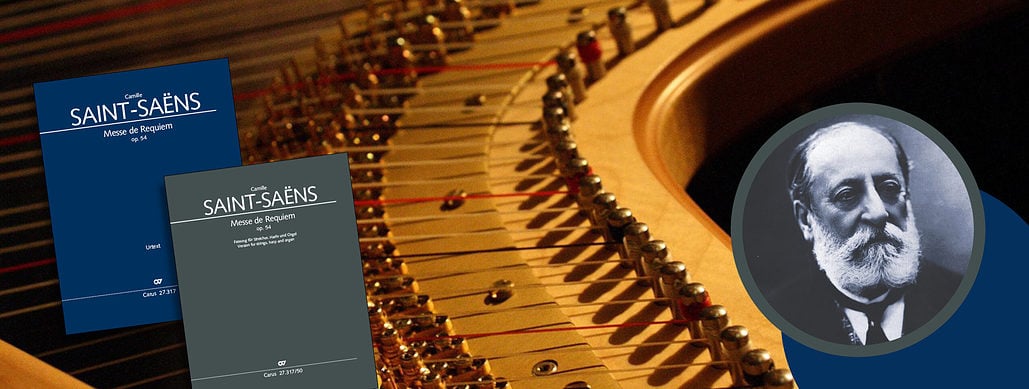
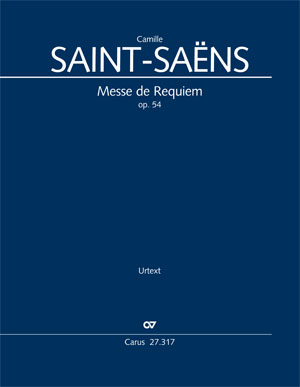
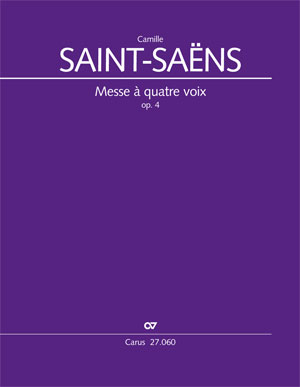

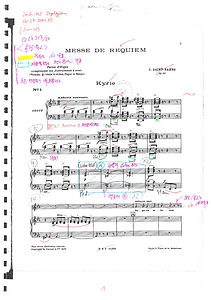
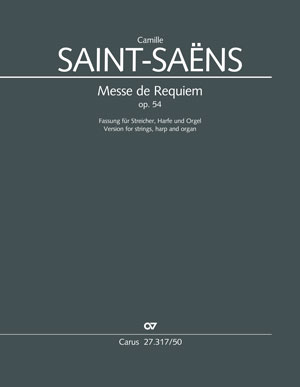
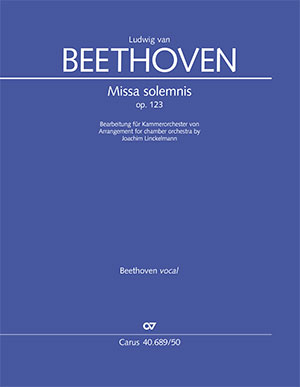
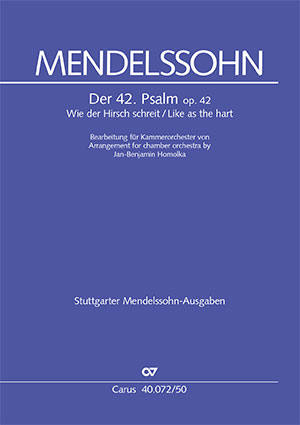


Leave a Reply
Want to join the discussion?Feel free to contribute!